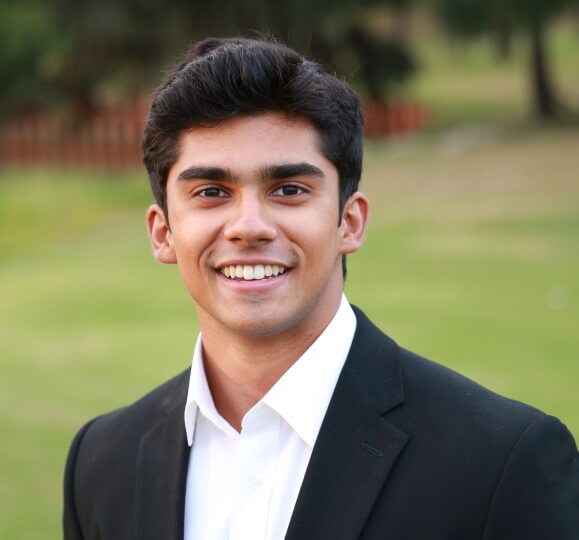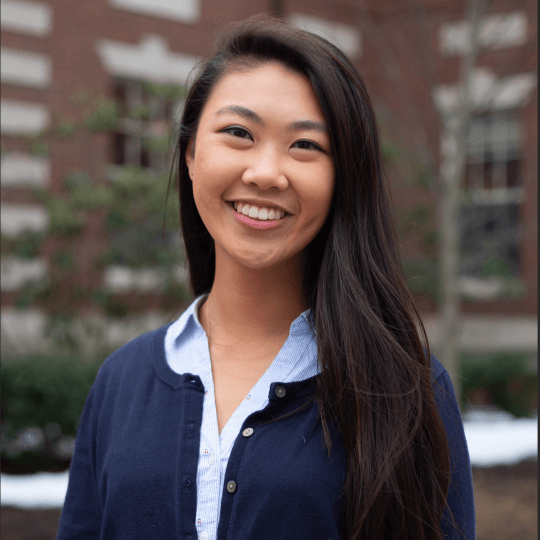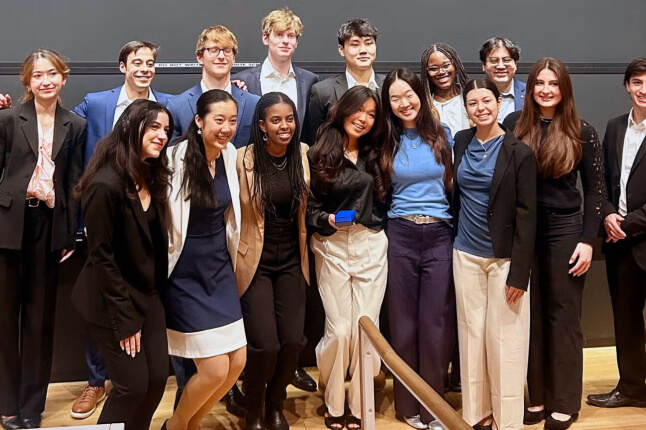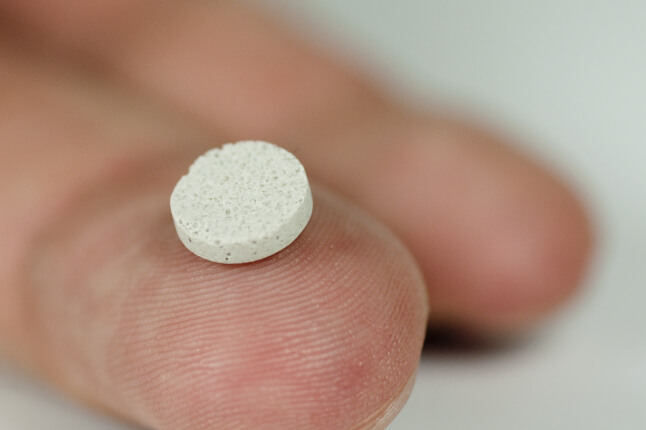News
If you live in a rural village, a magnetic resonance imaging scanner that costs hundreds of thousands of dollars probably is not a feasible solution for assessing movement disorders like Parkinson’s disease. The same goes for testing for eye diseases like trachoma, which can require a medical specialist trained to properly administer a staining dye and use a specialized microscope. And even if people from low-resource regions of their country can get somewhere with the trained personnel and advanced equipment, all those extra patients can quickly overwhelm a doctor’s caseload.
The Global Alliance for Medical Innovation (GAMI), a student organization affiliated with the Harvard John A. Paulson School of Engineering and Applied Sciences (SEAS), develops low-cost, easily accessible ways to bring advanced medical care to low-resource regions. The group does this through two of the most ubiquitous pieces of technology in the world: smartphones and tablets.
“When you’re thinking about disseminating technology, you really want to use footholds of things that are already out there in the population,” said Jayanth Pratap, GAMI co-Vice President of Medical Technology and Innovation. “So many people already have smartphones, and they’re really useful for diagnostic technologies, because they’re something every doctor or community health worker might already have in their pocket.”
Jayanth Pratap, GAMI co-Vice President of Medical Technology and Innovation with the doctors and leadership team at VisionTree Hospital in India.
GAMI co-Vice President of Medical Technology and Innovation Jayanth Pratap, right, with Dr. Madhu Uddaraju at VisionTree hospital in India.
Many of GAMI’s 12 current projects utilize smartphones in some capacity. Pratap, a second-year student studying statistics and chemical and physical biology, oversees a project that uses a smartphone to scan the surface of the cornea, then analyze the results for signs of diseases such as corneal infections, dry eye, trachoma, and other causes of preventable blindness. He co-leads the project with Andrew Zhang, a founding member of Harvard GAMI and current first-year Ph.D. student in the Harvard-MIT Health Sciences and Technology program.
The device underwent a clinical trial for identifying early-stage preventable blindness at the L.V. Prasad Eye Institute in India. Pratap’s team has submitted their results to the peer-reviewed journal Translational Vision Science & Technology, has presented at the Harvard Medical School Cornea Conference, and is a semifinalist in the 2023 President’s Innovation Challenge at Harvard. His team is currently working on the next stage of the hardware and software and will partner with Dr. Madhu Uddaraju at VisionTree hospital in India for the next stages of clinical validation.
“These diseases would otherwise go completely unscreened because of an absence of doctors and expensive microscopes in many parts of the world, such as regions of India and sub-Saharan Africa,” Pratap said. “We have a patent pending on the hardware and software, which we hope to carry forward and are in the stages of trying to spin out into a start-up.”
Jay Iyer, GAMI co-Vice President of Medical Technology and Innovation
Another flagship GAMI project uses tablet devices to predict neurodegenerative movement disorders such as Parkinson’s. Handwriting and drawing tasks can be a good indicator of a movement disorder, and the GAMI team is developing a method to use a tablet’s pen-tracking software to administer and analyze those tasks. The project is in clinical trials at Beth Israel Deaconess Medical Center and will soon begin collecting data at three clinics in India. Its hardware and the software are patent-pending, and its research has been recognized by the American Society for Tropical Medicine and Hygeine.
“I went to India last winter to see how many patients get screened for these disorders per day,” said Jay Iyer (A.B. ’25, molecular and cellular biology and statistics), co-VP of Medical Tech and Innovation and team leader for the neurodegenerative disease diagnostics team. “It’s difficult for a doctor to screen upwards of 50-60 patients and give them accurate diagnoses each day, especially since they don’t have the imaging and screening capabilities that we have in the United States. And even with our capabilities, the misdiagnosis for Parkinson’s is about one in four. So, they would really benefit from a low-cost, non-invasive screening tool for point-of-care diagnostics.”
L. Mahadevan, Lola England de Valpine Professor of Applied Mathematics, of Organismic and Evolutionary Biology, and of Physics, serves as faculty advisor for the neurodegenerative disease project.
GAMI is developing another smartphone-based software that can scan the corneal endothelium, the innermost layer of cells in the clear covering over the iris and pupil. The team has launched a clinical trial at Mass Eye and Ear to further its software by scanning patients with diseased corneas. Another team is working with Mass Eye and Ear to develop machine learning algorithms that can assess the genetic risks of glaucoma.
The organization is also developing a noninvasive, smartphone-based way to diagnose anemia, a mobile platform to digitize and maintain medical records in rural communities, and a text messaging system to help with postnatal care for mothers in Haiti.
GAMI president Annie Miall
“We’re all about developing low-cost medical technologies to bring healthcare to low-resource areas and bridge that health disparity gap,” said GAMI president Annie Miall. “When we think about the technologies we’re using, they’re incredibly low-cost and portable. We’re developing these technologies so that one day they can get to the people that need it. If we’re relying on really expensive technology such as an MRI machine, that’s not going to be reasonable for many regions.”
Miall, a fourth-year student studying the history of science and molecular and cellular biology, was part of GAMI’s founding class in the fall of 2018. The group was inspired after taking “GE1093: Who Lives, Who Dies, Who Cares? Reimagining Global Health,” a course which showed them the global disparities in access to adequate healthcare.
“Even after the class ended, we thought that the work wasn’t done, and we wanted to continue to use the time and resources we had at Harvard to do something about it in a more tangible fashion,” Miall said. “We focus on technology to be able to address global health concerns.”
Global health disparities are not a new problem, but different nations’ responses to the COVID-19 pandemic made those disparities even more obvious for all three GAMI board members. The last three years have also shown the power of technology in overcoming those disparities.
“We’ve seen a rise in telehealth over the last few years, and during the pandemic it was one of the only ways that patients could see their providers,” Miall said. “Technology served an immense role during that time in ensuring continuity of care. The technology that we’ve developed can continue to provide care moving forward.”
Topics: Bioengineering, Health / Medicine, Student Organizations
Cutting-edge science delivered direct to your inbox.
Join the Harvard SEAS mailing list.
Press Contact
Matt Goisman | mgoisman@g.harvard.edu






